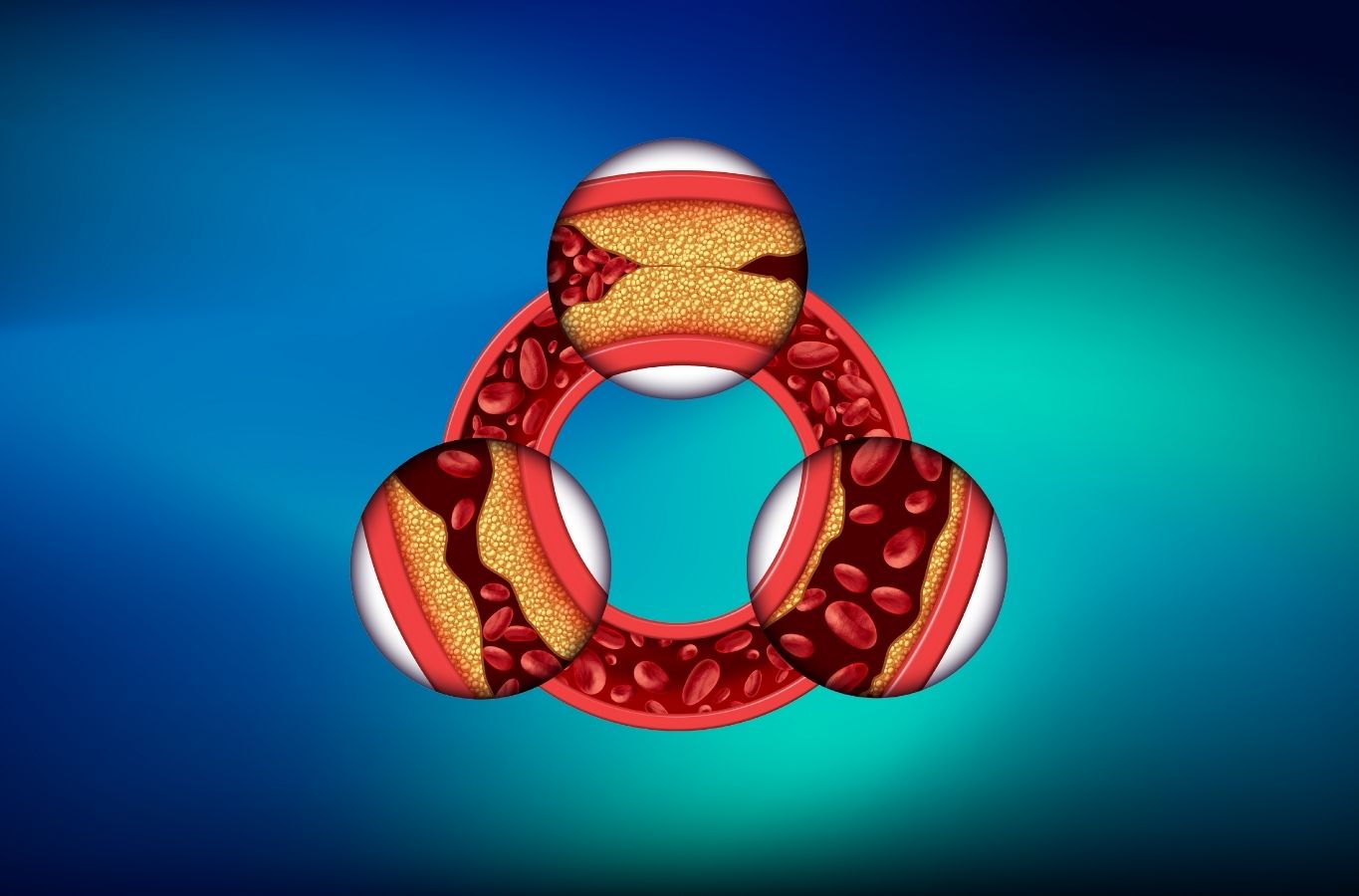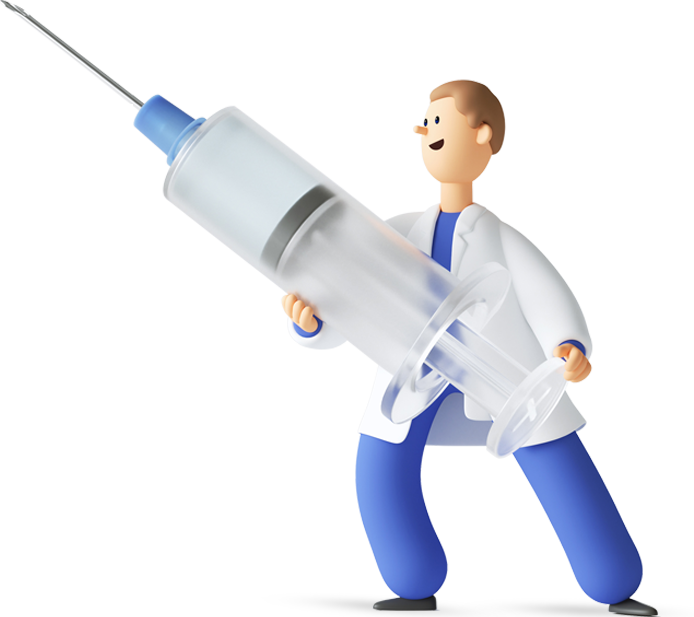
What is LDL Cholesterol?
LDL cholesterol is a type of fat formed by low-density lipoproteins that transport cholesterol from the liver to other tissues. It is commonly known as "bad cholesterol" and can cause health problems by accumulating in the arteries at high levels.
High LDL Cholesterol and Atherosclerosis
Increased levels of LDL cholesterol cause plaque formation in the arteries. This condition is called atherosclerosis and over time it narrows the vessels and restricts blood flow. Atherosclerosis can cause serious health problems such as shortness of breath and heart attack.
What Should Healthy LDL Levels Be?
LDL cholesterol value is considered normal below 130 mg/dL. Values between 130-160 mg/dL are considered risky, and values above 160 mg/dL are considered high. High LDL levels should be examined under the supervision of a doctor and treatment should be started when necessary.

Low LDL Cholesterol:
If the LDL value falls below 50 mg/dL, we can speak of low LDL. This can be caused by genetics, malnutrition or certain diseases. Although low levels do not usually cause problems, it is important to maintain ideal ranges.
LDL Cholesterol Symptoms:
Elevated LDL can accumulate in the blood vessels and prevent the circulation of oxygen. This condition may manifest itself with symptoms such as shortness of breath, chest and leg pain, weakness, and sebaceous glands on the face.
How Do We Lower LDL Cholesterol?
A healthy diet and regular exercise are important for lowering cholesterol. Vegetables, fruits and healthy fats should be consumed and excessive fatty animal foods should be avoided. Smoking and alcohol should be reduced and stress should be avoided. Maintaining an ideal weight and reducing the fat around the waist also contributes positively to cholesterol levels.
- Tags:
- cholesterol
- ldl
- lipoprotein


